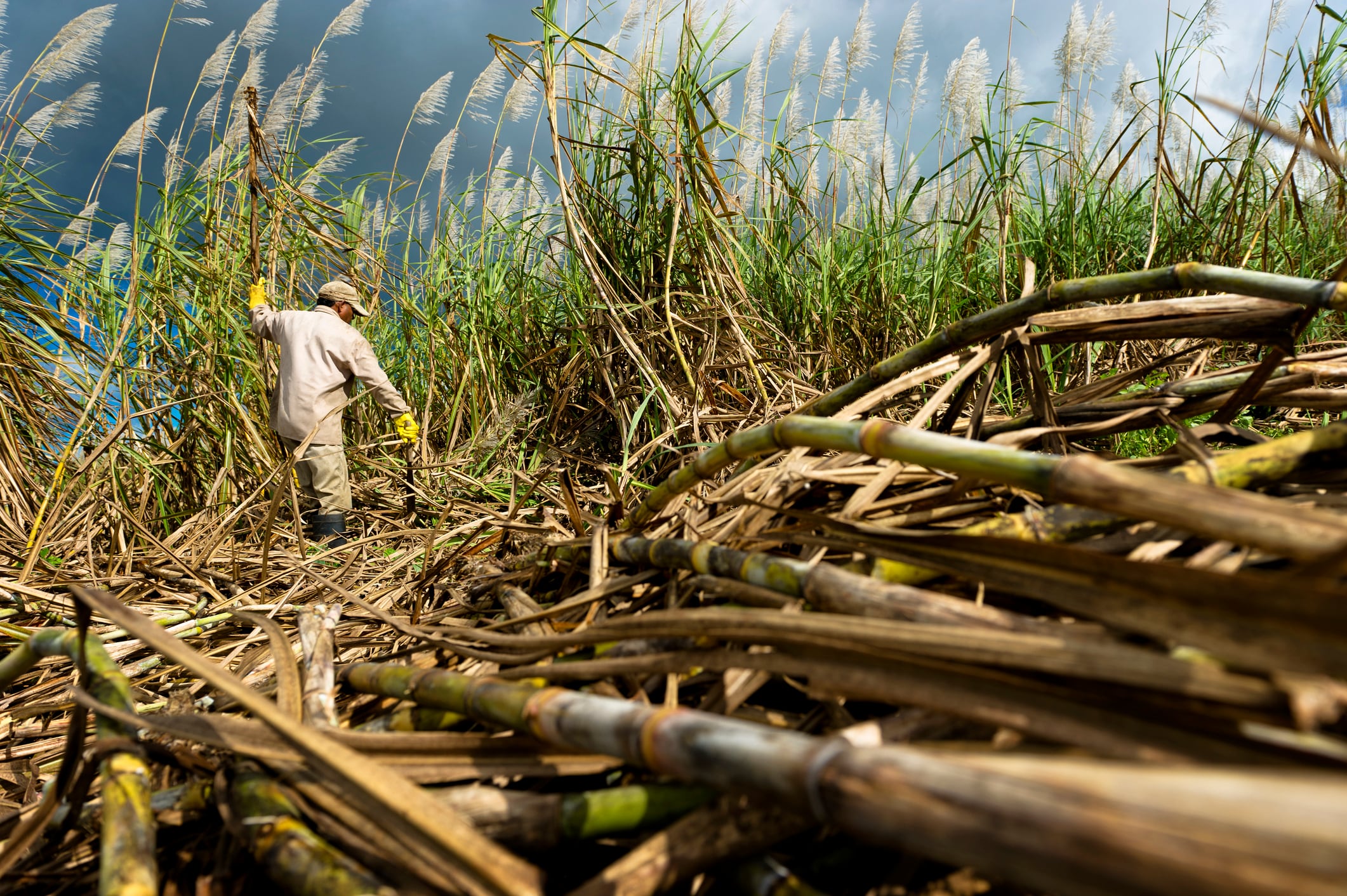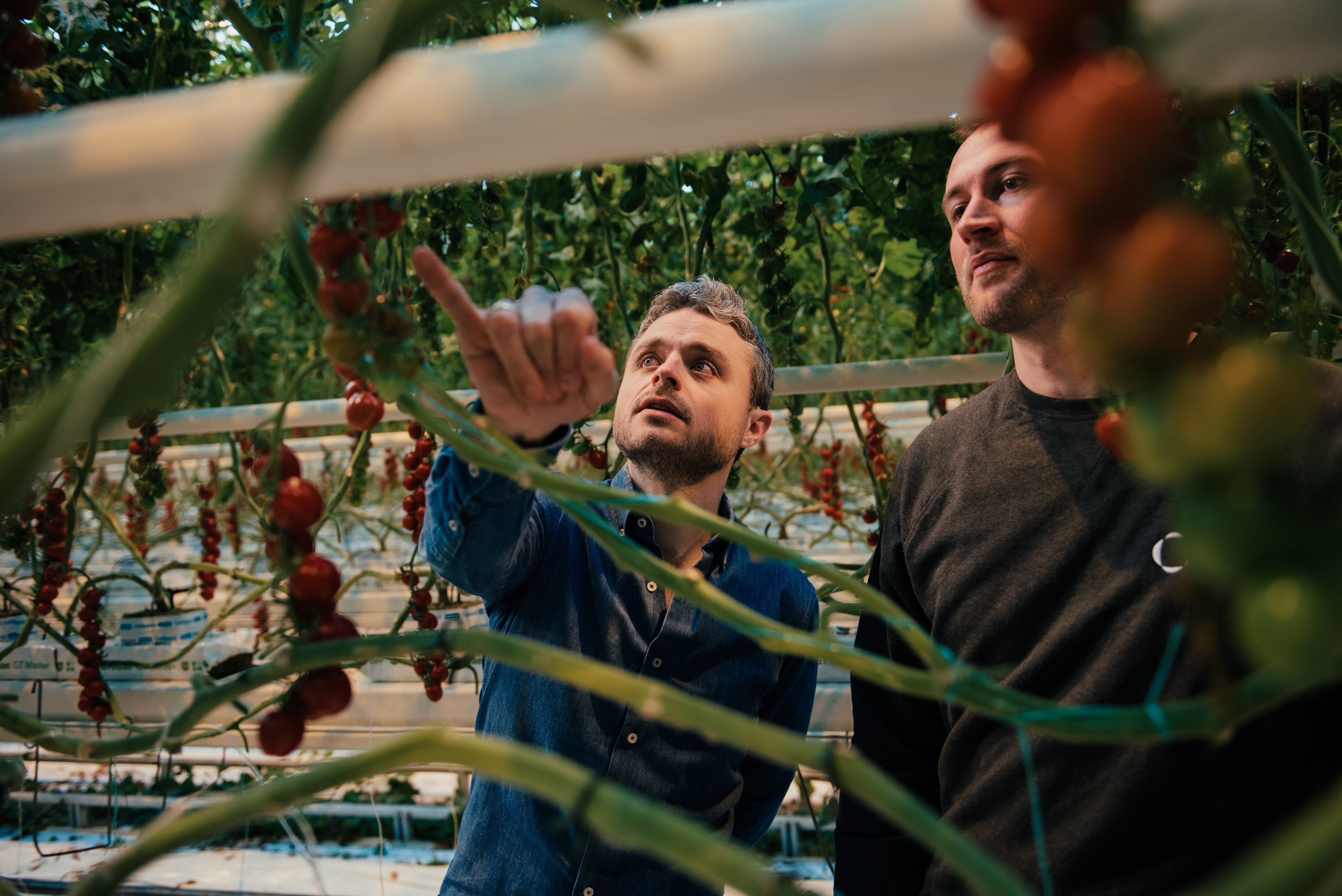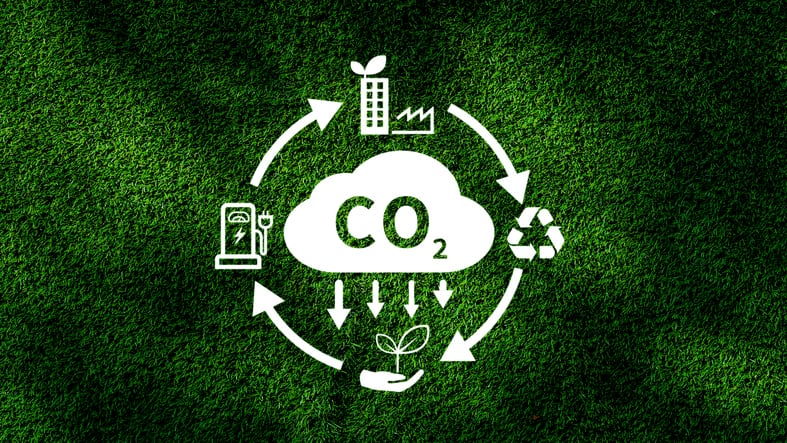Earlier this year, Coca-Cola Europacific Partners (CCEP) entered into a partnership with Avalo to develop more sustainable sugarcane with the help of artificial intelligence (AI).
The project works with CCEP sugar suppliers in Queensland, Australia, where it is planning to trial seeds next year.
Speaking to AgTechNavigator, Mariano Alvarez, chief science officer of Avalo, explained that the genetic complexity of sugarcane has made it “daunting” for agtech companies to approach.
“In humans, we have two copies of our genome – one from each parent. Sugarcane has 10 copies of its genome, and so in most ways, it’s much more complex than the human genome.”
With more to understand and manipulate, scientists require more time and data, making the whole process slow and resource intensive.
“That creates this challenge for crop development, because it means that plant breeders have to try to understand a much more complex genome and then do the experimental work to actually create varieties over a much longer period of time,” said Alvarez.
Adding to that complexity is the difficult that sugarcane is a perennial crop.
It is planted only once every three to seven years, make it more difficult to test out new varieties, adding further pressure in terms of time and cost.
“It has all of this sort of innate complexity between the genetics and the economy and the management and the supply chain,” said Alvarez.
Taking on a challenge for a greener future
Despite the complexity of decarbonising sugar, Avalo sees it as a strategic opportunity to make a meaningful change in the supply chain.
“I think as a company, we’ve always said we want to tackle hard problems. If we want to make a real difference in the supply chain — particularly addressing the 16% of total emissions from CCEP — that represents a huge opportunity for Avalo. We would not get the opportunity to be able to remove that much or avert that much carbon from emissions if we didn’t gear ourselves up to tackle this very big challenge,” said Alvarez.
The North Carolina-based startup uses its Rapid Evolution Platform to design and develop more efficient and resilient crops that require less water and fertiliser.
“Producing a new variety takes a long time and a lot of money, and our goal is to cut that time in half and bring that down to just about a fraction of the cost,” said Alvarez.
According to Nicola Tongue, associate director, CCEP, the carbon footprint of its sugar sourcing, accounts for around 16% of its total carbon footprint.
From CCEP’s perspective, the task to decarbonise sugar has been particularly complex due to the wide range of factors and technologies involved in the process.
“You could switch to green fertilisers or pesticides, or adopt practices that use less water, but each of these has to be tackled individually. That’s really difficult for a company like ours because we don’t control the supply chain. Addressing each issue bit by bit would take a long time and cost a lot of money,” said Tongue.
Tongue and Alvarez at this year’s World Agri-Tech Innovation Summit in London, which took place on September 22 and 23, to discuss CCEP and Avalo’s partnership.
Balancing sustainability with affordability
The beverage major has set an ambitious target to reach net zero by 2040 and achieving that goal requires must align with consumer expectations.
“I think the mood around sustainability is changing a little bit. Consumers want to see sustainable, but they don’t necessarily want to pay more for sustainable. Five years ago, everyone was talking about sustainability as a premium. Now it’s about how you get a green product without a green premium?” said Tongue.
She noted that to do so was nothing short of challenging, underscoring the importance of having the right partners.
“I believe that working with Avalo can help us get to a point where you get a sugar product that comes with all the sustainability benefits without a green premium.”
She added that in the future, sustainability could potentially reduce cost as efficiencies improve.
“If it works in the long run, I think there’s an opportunity for a green discount from some of these things. I think we could get more sustainable products at lower cost, rather than at higher cost, while still improving margins for everybody else within the value chain.





